How do I start to create my chickens and fish farming?
Starting a farm feels like a huge step, but you're not alone in wondering where to begin. The path to raising chickens and fish can seem complicated, but it's achievable with the right plan.
To start your chicken and fish farm, begin with a clear plan for space, funding, and animal care. For chickens, a simple coop and a few birds are enough. For fish, a collapsible, portable tank is a fantastic and flexible starting point for any beginner.
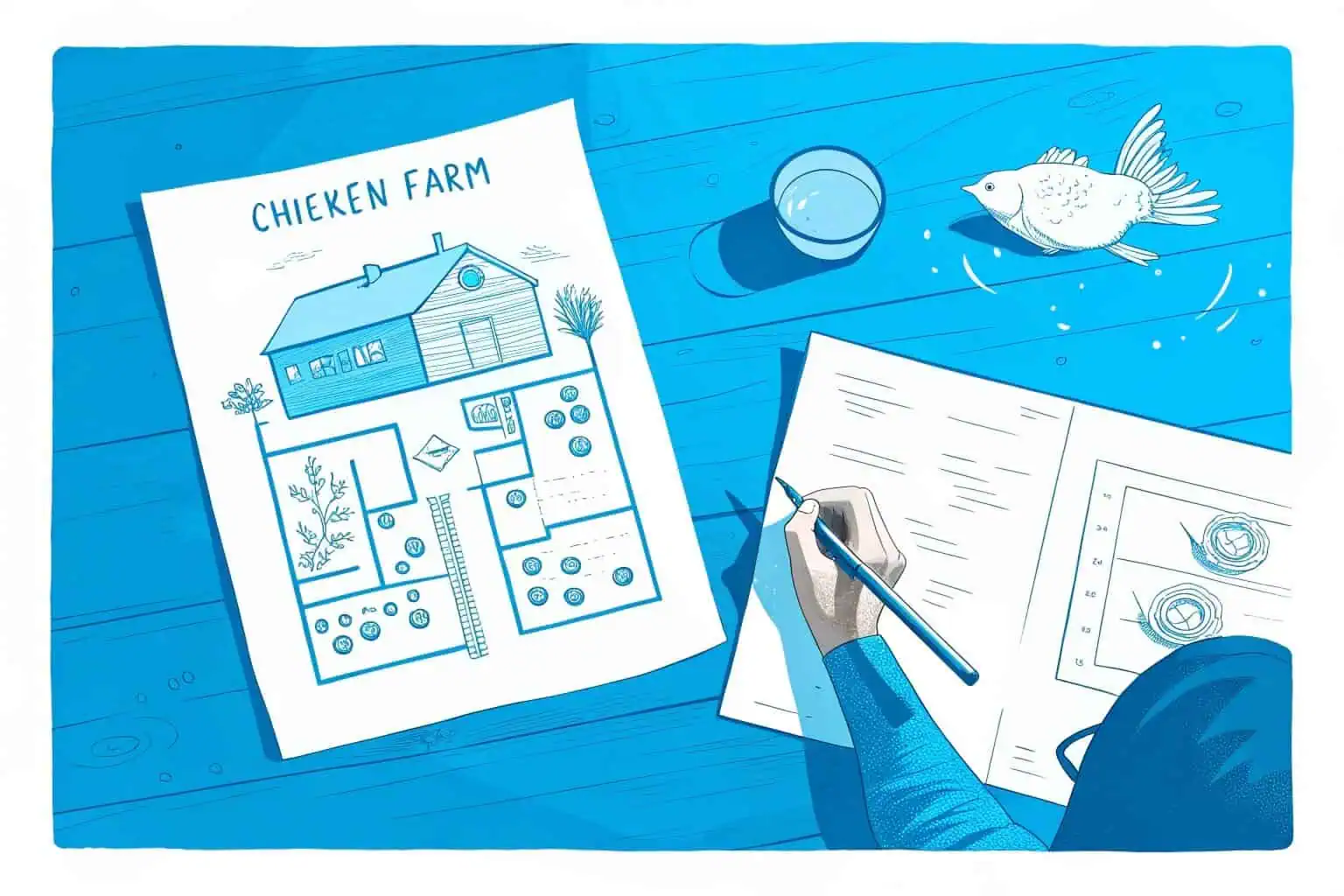
I've always been passionate about farming, and I believe raising chickens and fish is both challenging and rewarding. It's more than just a business; it's a way to provide healthy food and connect with the land. I've learned that success isn't just about the animals, but about smart planning and a willingness to learn. Let's walk through the key questions you need to answer to get your own farm off the ground.
How much money do I need to start a chicken farm?
Are you worried about the high costs of starting a chicken farm? It can feel like a huge financial burden, but breaking down the expenses makes it much more manageable.
The investment for a chicken farm varies greatly. A small backyard setup might only cost a few hundred dollars for a coop and chicks. However, a commercial farm with 1,000 birds could require tens of thousands for housing, equipment, and feed.
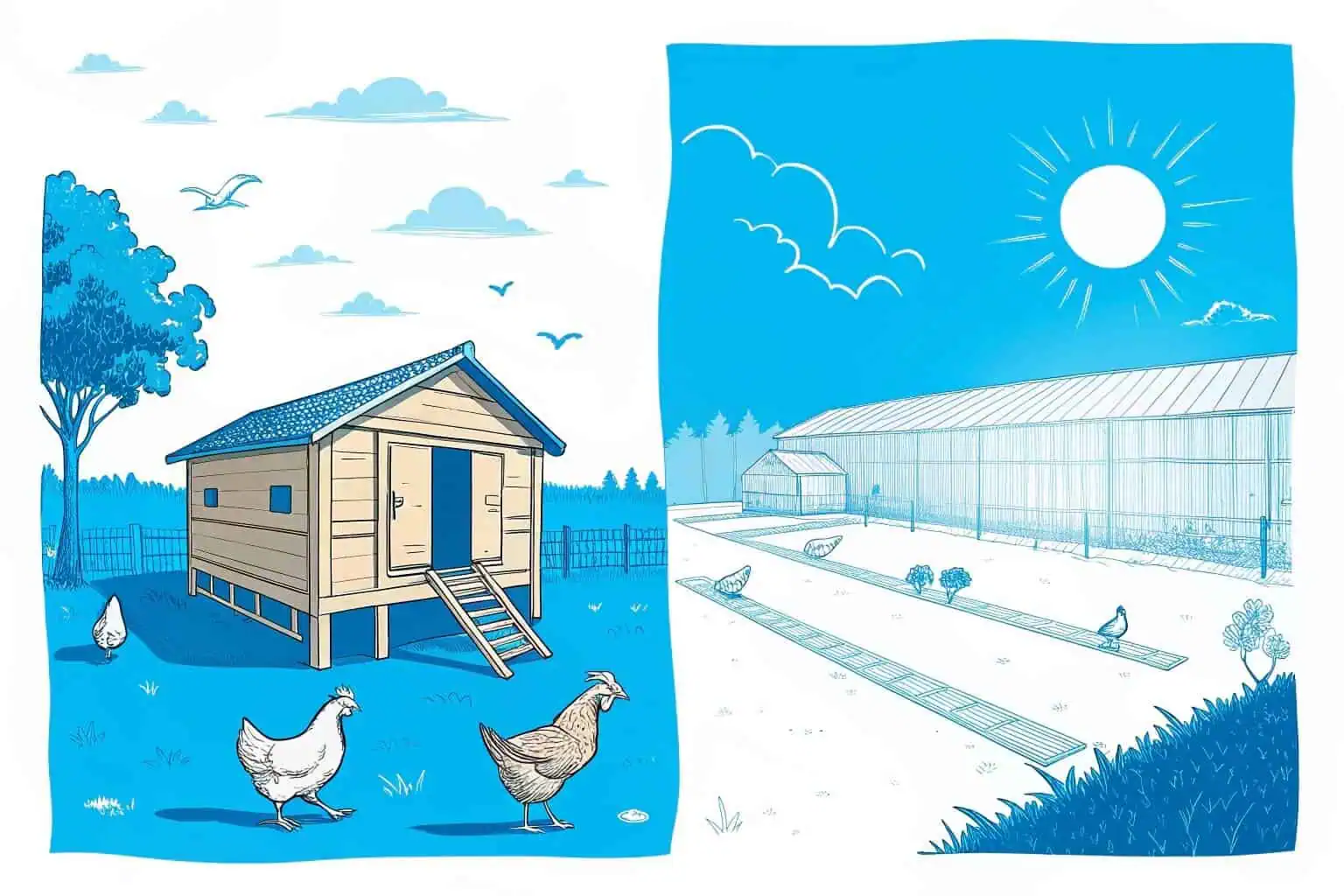
When I first looked into it, the numbers seemed all over the place. I realized the cost depends entirely on your goals. Are you aiming for a few fresh eggs for your family, or are you planning to build a business? To give you a clearer picture, I've broken down the potential costs. This isn't just about the initial purchase; it's about understanding the full financial picture. Thinking through these details helped me create a realistic budget1 and avoid surprises down the road. It’s the first and most critical step in turning the dream of a farm into a reality.
What Are the Initial Costs?
The first expenses are for setting up your infrastructure. You can't raise chickens without a safe place for them to live and the basic supplies to keep them healthy. The scale of these purchases will be the biggest factor in your startup budget.
| Item | Small Scale (10-50 Birds)2 | Commercial Scale (1,000+ Birds)3 |
|---|---|---|
| Housing (Coop) | $200 - $1,000 (DIY or Pre-built) | $10,000 - $50,000+ (Large poultry house) |
| Chicks | $50 - $200 | $2,000 - $4,000 |
| Feeders/Waterers | $50 - $150 | $1,000 - $3,000 |
| Initial Feed Supply | $100 - $300 | $3,000 - $6,000 |
What Are the Ongoing Expenses?
Beyond the setup, you have to account for recurring costs. Feed is the largest ongoing expense in raising chickens. Their health also depends on proper care, which sometimes means veterinary bills4 or supplements. And don't forget utilities like electricity for heating lamps for chicks or for lighting in the coop. These monthly costs are crucial for calculating your farm's long-term profitability.
How Can I Save Money?
If the numbers look daunting, don't worry. I found several ways to reduce costs. Building your own coop from reclaimed materials5 can save you a lot of money. Buying chicks from a local hatchery is often cheaper than ordering online. You can also lower feed costs by letting your chickens forage for some of their food if you have the space. Starting small and scaling up as you learn is the smartest way to manage your investment.
Which fish farming is most profitable?
Thinking about making real money from fish farming? The key is choosing the right fish. Some species are simply more valuable and in-demand than others, which directly impacts your bottom line.
High-value, fast-growing species like tilapia and catfish are often the most profitable for beginners. Your local climate, market, and technical skill will guide your best choice. Using efficient systems, like our collapsible tanks, can also boost profits by reducing initial costs.
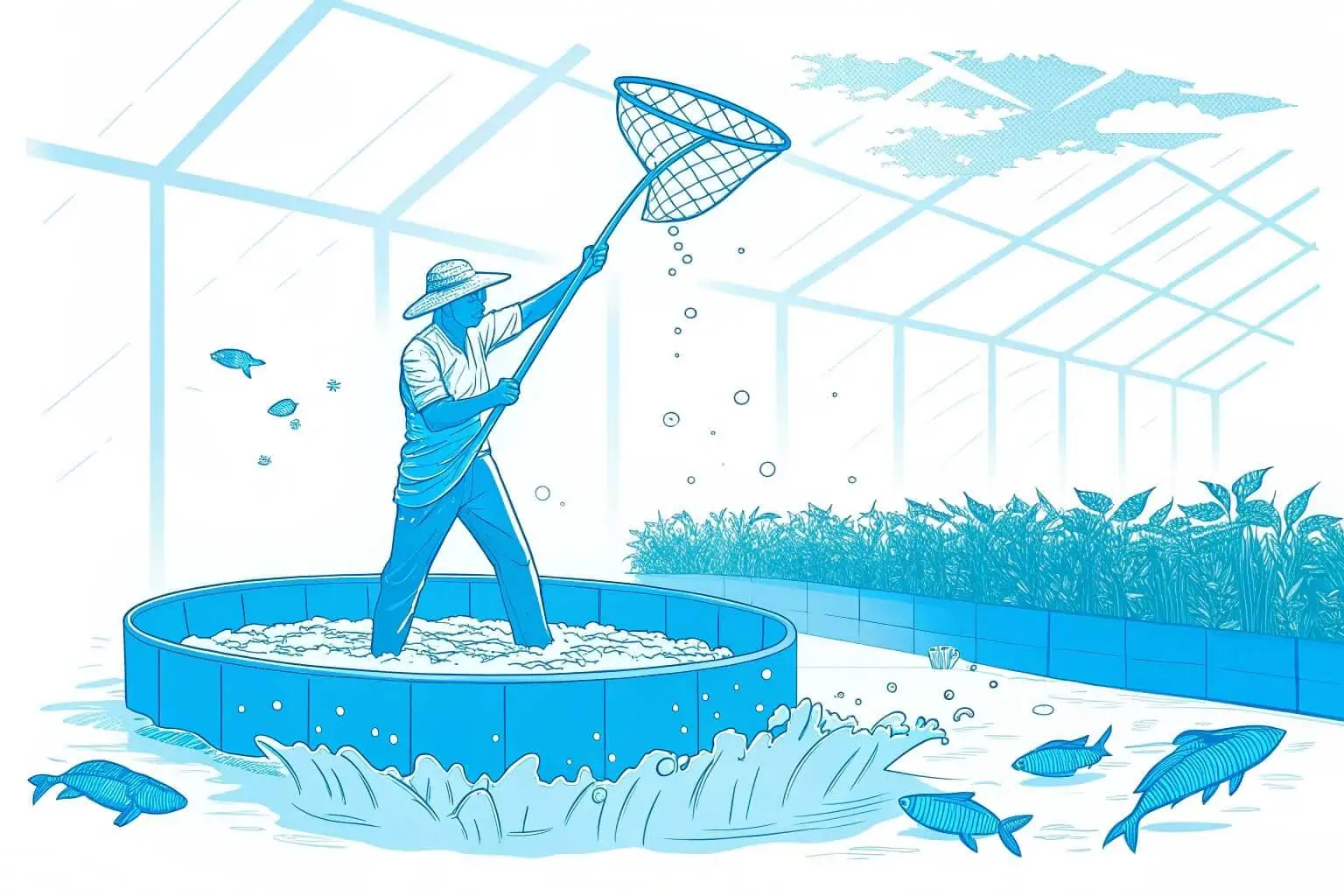
I was fascinated by the profit potential in fish farming. Unlike chickens, where the market is fairly standard, fish offer a chance to tap into niche markets. I learned that success isn't just about raising any fish; it's about raising the right fish for the right market. For my business, Bancy, we focus on providing farmers with flexible solutions like our galvanized pipe and sheet fish tanks6. These tanks are perfect because they are durable, easy to set up, and can be customized for different species, helping farmers start and scale their operations affordably. This flexibility is key to finding what works best for you.
What Are the Top Profitable Fish?
Your choice of species is the most important decision for profitability. You need to balance market price with how difficult and expensive the fish are to raise. Here’s a look at a few popular options.
| Fish Species | Average Market Price7 | Growth Time8 | Difficulty |
|---|---|---|---|
| Tilapia | Moderate | 6-8 months | Easy |
| Catfish | Moderate | 8-12 months | Easy |
| Trout | High | 12-18 months | Moderate |
| Ornamental Koi | Very High | 24+ months | Hard |
How Do Farming Systems Affect Profit?
The system you use to raise your fish has a huge impact on your costs and efficiency. Traditional ponds are an option, but they require a lot of land and can be difficult to manage. I've seen many farmers succeed with more modern, contained systems. Our collapsible plastic fish tanks9, for example, are a great low-cost entry point. For those ready to scale up, our galvanized tube and sheet tanks offer incredible durability and corrosion resistance for long-term, intensive farming. These systems give you more control over the water quality and health of your fish, leading to better growth and higher profits.
Where Do I Find a Market?
You can't make a profit if you don't have customers. Before you invest in a single fish, you need to know who you're going to sell to. I recommend exploring local farmers' markets10, connecting with chefs at nearby restaurants, or even setting up a direct-to-consumer model where people can buy fresh fish straight from your farm. Building these relationships early is just as important as learning how to care for your fish.
How many chickens do you have to own to be considered a farm?
Do you ever wonder if your flock of chickens is just a hobby or a real farm? The line can feel blurry, but there are some key things that separate a backyard enthusiast from a farming business.
There is no official number, but owning over 1,000 chickens is often the unofficial threshold for being seen as a commercial farm. However, what truly defines you as a farm are your business activities, like selling products and following agricultural regulations.
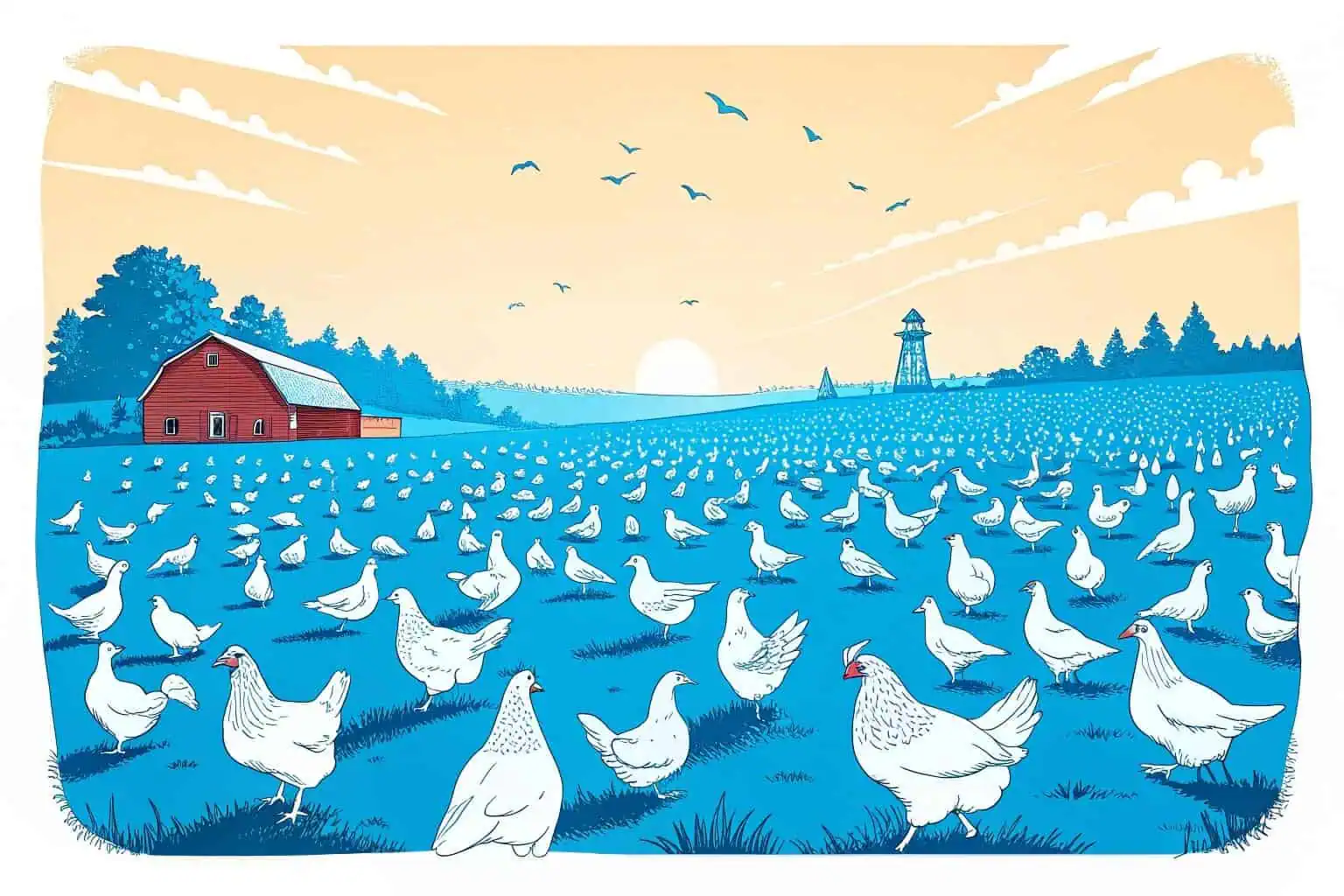
When I started, I had this idea that I needed a specific number of chickens to call myself a farmer. I learned pretty quickly that it's more about your mindset and your actions than a number. A neighbor of mine with 50 hens who sells eggs at the market is running a small farm business11. Someone else might have 200 chickens just for their family's use. The government, especially for tax purposes, has its own definitions, but for me, the shift happened when I started creating a business plan12. It's about your intent to operate as a business, not just the headcount in your coop.
Why Is 1,000 Chickens a Benchmark?
People often mention the 1,000-bird mark because that's where economies of scale13 start to kick in. At that level, you can often get better prices on bulk feed, and the labor required per bird becomes more efficient. It's the point where the operation often needs to be managed like a serious business to be sustainable. It’s a useful benchmark for commercial ambition, but it’s not a strict rule. Many successful farms operate with fewer birds by focusing on a high-value niche.
What Do Legal and Tax Rules Say?
This is where it gets official. Your local government will have zoning laws14 that define what constitutes an agricultural operation in your area. These rules determine if you can even have a large number of chickens on your property. For tax purposes, agencies look for evidence that you are farming with the intent to make a profit. This means keeping detailed records of your income and expenses. You can't just declare your hobby a farm to get tax breaks; you have to prove it's a real business venture.
Why Is Intent More Important Than Numbers?
Ultimately, you are a farm when you start acting like one. Do you have a business name? Are you registered with your state's department of agriculture? Do you have a strategy for marketing and selling15 your products? These are the questions that truly define your status. A farmer with 200 hens and a solid business plan is more of a farm than someone with 2,000 hens and no plan at all. It's about the professional approach you take to your operation.
Are chicken farmers profitable?
Can you actually make a good living from raising chickens? It's the ultimate question for anyone considering this path. Profit is definitely possible, but I can tell you from experience it's not guaranteed.
Yes, chicken farming can be profitable, but your success hinges on excellent management. You must control feed costs, keep your flock healthy, and secure a reliable market for your eggs or meat. Small farms often boost profits by focusing on niche markets.
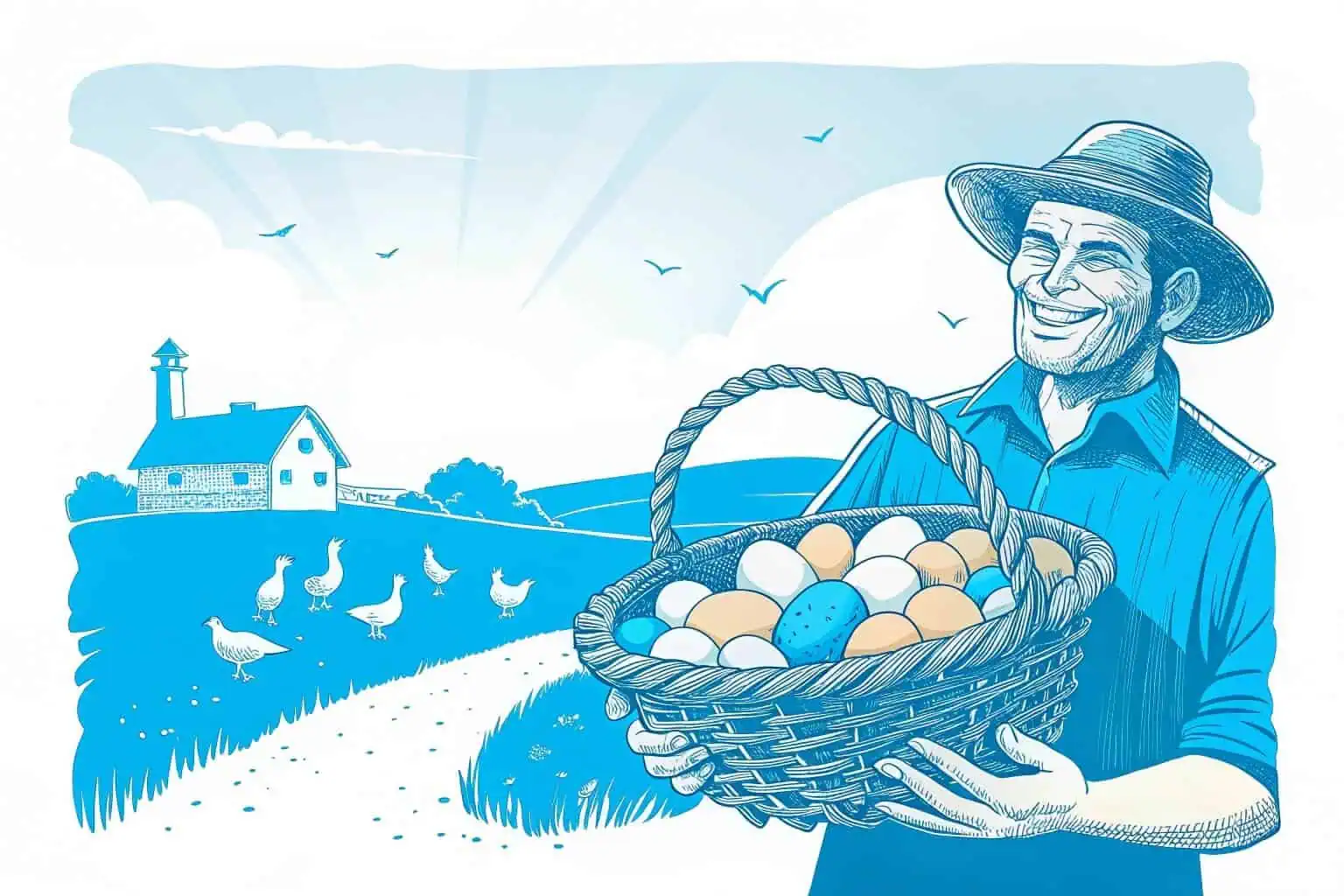
I've seen farmers succeed and I've seen them fail. The difference almost always comes down to managing the details. The price of feed can eat up your profits in a heartbeat if you're not careful. An unexpected disease can wipe out your flock. However, I've also seen farmers thrive by being smart. They find ways to market their eggs as "farm-fresh16" and charge a premium. They build a loyal customer base that values quality. Profit isn't just about raising chickens; it's about running a lean, efficient business that meets a real customer need.
What Are the Key Factors for Profit?
Your profitability is a balancing act. You need to maximize your income while keeping your expenses as low as possible. Here are the main variables you need to master.
| Factor | Impact on Profit |
|---|---|
| Feed Costs17 | High - This is typically 60-70% of your total expenses. |
| Mortality Rate18 | High - Losing birds means losing your investment and future income. |
| Market Price | High - The price you get for eggs or meat directly sets your revenue. |
| Labor Efficiency | Moderate - Your time is valuable. Efficient systems save you money. |
What Are the Different Revenue Streams?
Most people think of selling eggs or meat, but there are other ways to make money from chickens. You can sell fertilized eggs to people who want to hatch their own chicks. You can raise and sell young chicks or pullets (young hens). Even chicken manure19 is a valuable fertilizer that you can sell to gardeners. Diversifying your income streams makes your business more resilient and can significantly increase your overall profit.
What Does a Realistic Income Look Like?
Let's be practical. A single hen might lay about 250 eggs a year. If you can sell those eggs for $4 per dozen, that's about $83 per hen in revenue. Now, subtract the cost of feed, which might be $40 per year for that hen. That leaves you with a profit of around $43 per hen, before accounting for your labor and other costs. If you have 100 hens, that's a potential profit of $4,300 a year20. It shows that while you might not get rich overnight, a well-managed flock can provide a solid supplemental income.
Conclusion
Starting a chicken and fish farm is a journey of planning and passion. Success comes from smart choices about your costs, your market, and your systems, creating a rewarding and profitable venture.
-
Understanding how to create a realistic budget is crucial for anyone looking to start a farm, ensuring financial stability and success. ↩
-
Exploring this resource will provide insights into the advantages and challenges of small scale poultry farming. ↩
-
This link will help you understand the financial aspects and investments needed for large scale poultry operations. ↩
-
Exploring veterinary costs helps you prepare for unexpected expenses and maintain the health of your flock. ↩
-
Exploring this link will reveal how reclaimed materials can save costs and promote sustainability in your projects. ↩
-
Learn about galvanized pipe and sheet fish tanks to see how they can enhance your fish farming operations. ↩
-
Understanding the factors affecting fish prices can help you make informed decisions in aquaculture. ↩
-
Exploring the impact of Growth Time on profitability can enhance your aquaculture strategy. ↩
-
Explore this link to discover how collapsible plastic fish tanks can enhance your fish farming efficiency and reduce costs. ↩
-
Discover how local farmers' markets can boost your sales and connect you with your community. ↩
-
Explore this link to understand the key elements that make up a small farm business and how to effectively operate one. ↩
-
This resource will guide you through the essential steps to create a successful business plan tailored for farming. ↩
-
Exploring economies of scale will provide insights into cost efficiency and profitability in agricultural practices. ↩
-
Understanding zoning laws is crucial for compliance and successful agricultural operations in your area. ↩
-
Exploring marketing strategies can help farmers reach their target audience and boost sales significantly. ↩
-
Exploring this link will provide insights on how to effectively market farm-fresh products and attract more customers. ↩
-
Understanding feed costs is crucial for managing expenses and maximizing profits in poultry farming. ↩
-
Exploring mortality rates can help you identify ways to protect your investment and enhance income. ↩
-
Discover the advantages of selling chicken manure as fertilizer and its impact on gardening and farming. ↩
-
Exploring potential profits can guide your investment and management strategies in poultry farming. ↩